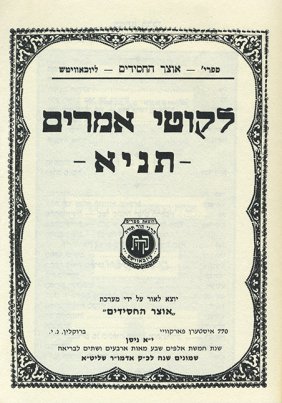Wage War With Love (but first know who you love)
This sicha can be found in Likkutei Sichos, Cheilek Beis, p. 338 I. Bil’om and Amoleik It says in sforim(1), that there is a connection between Bil’om and Amoleik. The remez: If we write the names Bil’om and Amoleik on two lines, one above the other, the right half of the two words read (from the top down), “Bil’om”: the “beis-lammed” from Bil’om, and “ayin-mem” from Amoleik. The left side of the words read (from the top down: the “ayin-mem” from…








